Introduction
A warped record can be a vinyl lover's worst nightmare. The smooth, satisfying groove of your favorite LP interrupted by skips and distortions can ruin the listening experience.
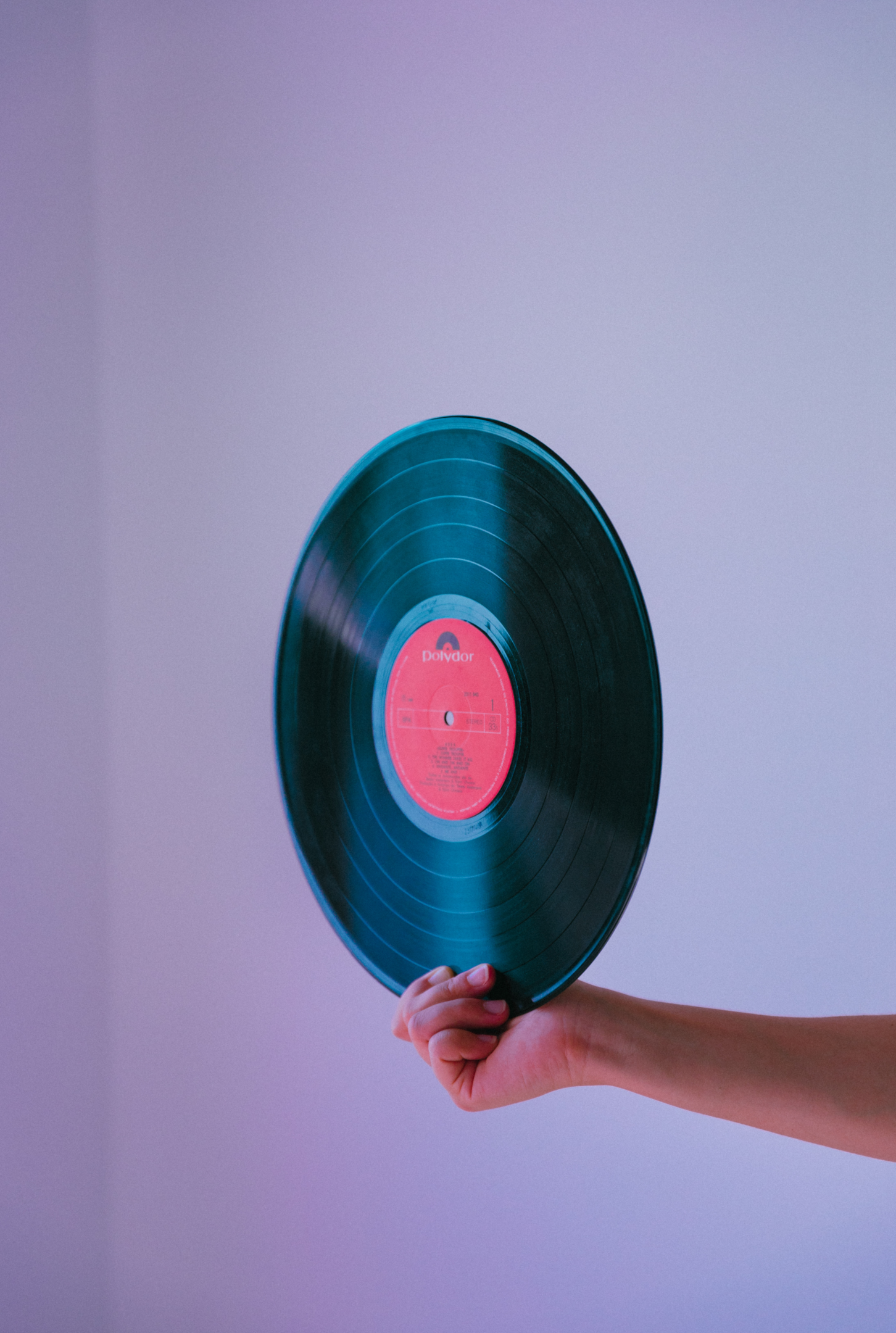
This article will guide you on how to flatten vinyl records, ensuring that your collection remains in top condition.
Understanding Vinyl Record Warp
Before we delve into how to fix warped records, it's crucial to understand what a warped record is and how this phenomenon occurs.
A vinyl record is made from a material called polyvinyl chloride, which is sensitive to heat and pressure. When a vinyl record warps, it means the flat surface of the record has become distorted or deformed. This distortion usually takes the form of bends, curves, or twists in the record's surface that deviate from its original, flat shape.
The cause of this warping is often due to excessive heat or excessive pressure. Heat can soften the vinyl, making it pliable and susceptible to deformation. This can occur if records are stored near heat sources like radiators, left in hot cars, or exposed to direct sunlight for extended periods.
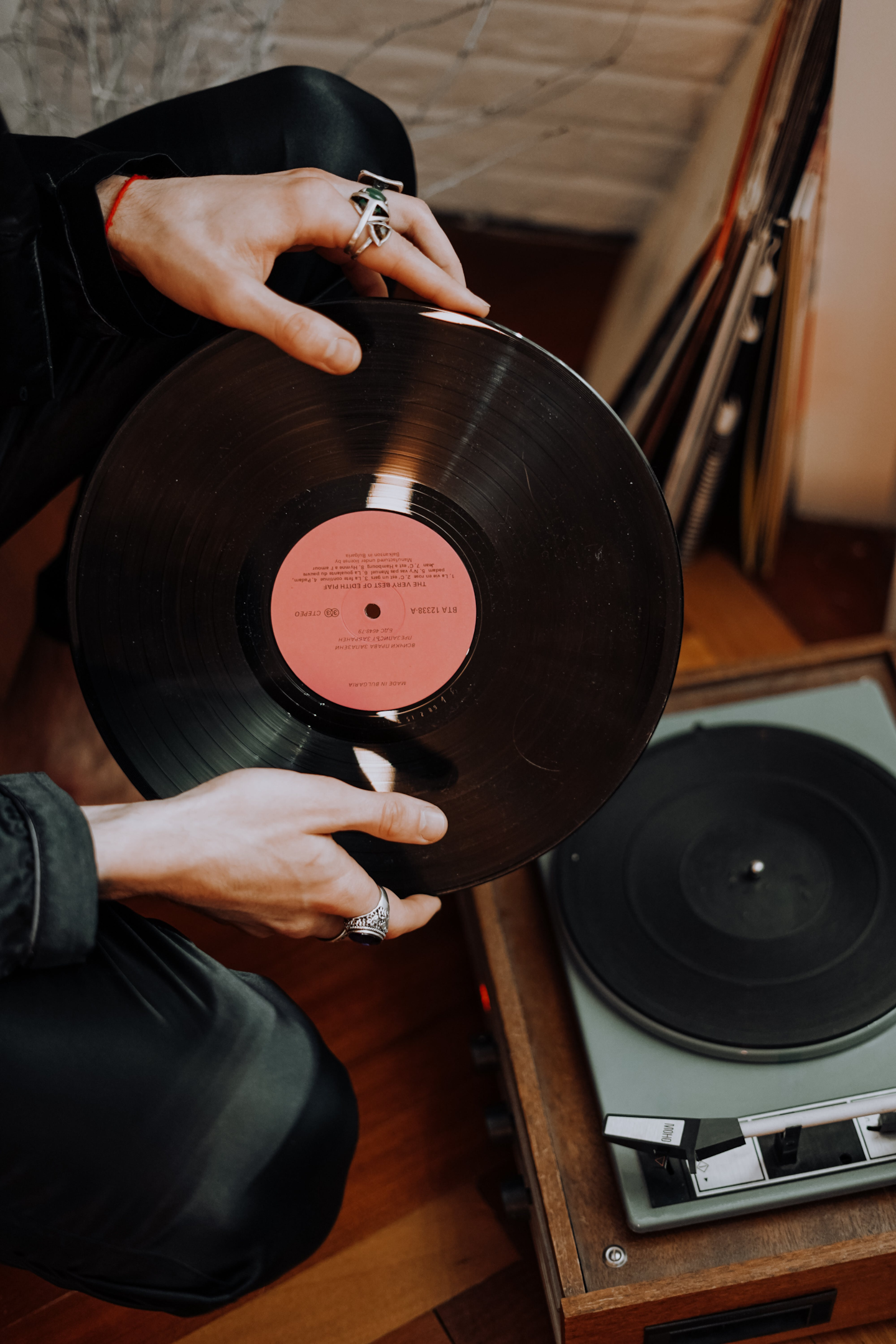
Pressure-induced warping can occur when records are improperly stored. Stacking records horizontally, one on top of the other, can exert pressure on the records at the bottom, leading to warping over time. Similarly, storing records too tightly packed together can also result in pressure-related warping.
This distortion caused by warping can have significant consequences for the sound quality of the record when played. The stylus or needle of a record player tracks the grooves in a vinyl record to produce sound. When a record is warped, the stylus cannot accurately track these grooves, leading to a range of audio distortions.
These can include changes in pitch or tempo as the stylus speeds up or slows down over uneven surfaces, or skips and jumps where the stylus loses contact with the record entirely. In severe cases, a warped record may be unplayable, as the stylus cannot maintain consistent contact with the record's surface.
Understanding the causes and consequences of vinyl record warp is the first step towards preventing this issue and preserving the quality of your vinyl collection.
The Consequences of Warped Records
Warped records not only diminish sound quality but can also potentially damage your record player. The impact of playing a warped record extends beyond just the listening experience and can lead to physical harm to both your vinyl and your turntable.
When a record is warped, the grooves where the stylus or needle tracks are no longer evenly spaced or aligned. This means that as the record spins, the stylus has to navigate an uneven path. Instead of moving smoothly along the groove, it may skip or jump over sections of it. This erratic movement is what causes the audio distortions often associated with warped records, such as changes in pitch or tempo, or even loss of sound altogether if the stylus loses contact with the groove.
But these skips and jumps can also cause physical damage. Every time the stylus skips, it lands abruptly on another part of the record. This can lead to scratches or gouges on the record's surface, damaging the grooves and further degrading sound quality. Over time, the cumulative effect of these scratches can render a record unplayable.
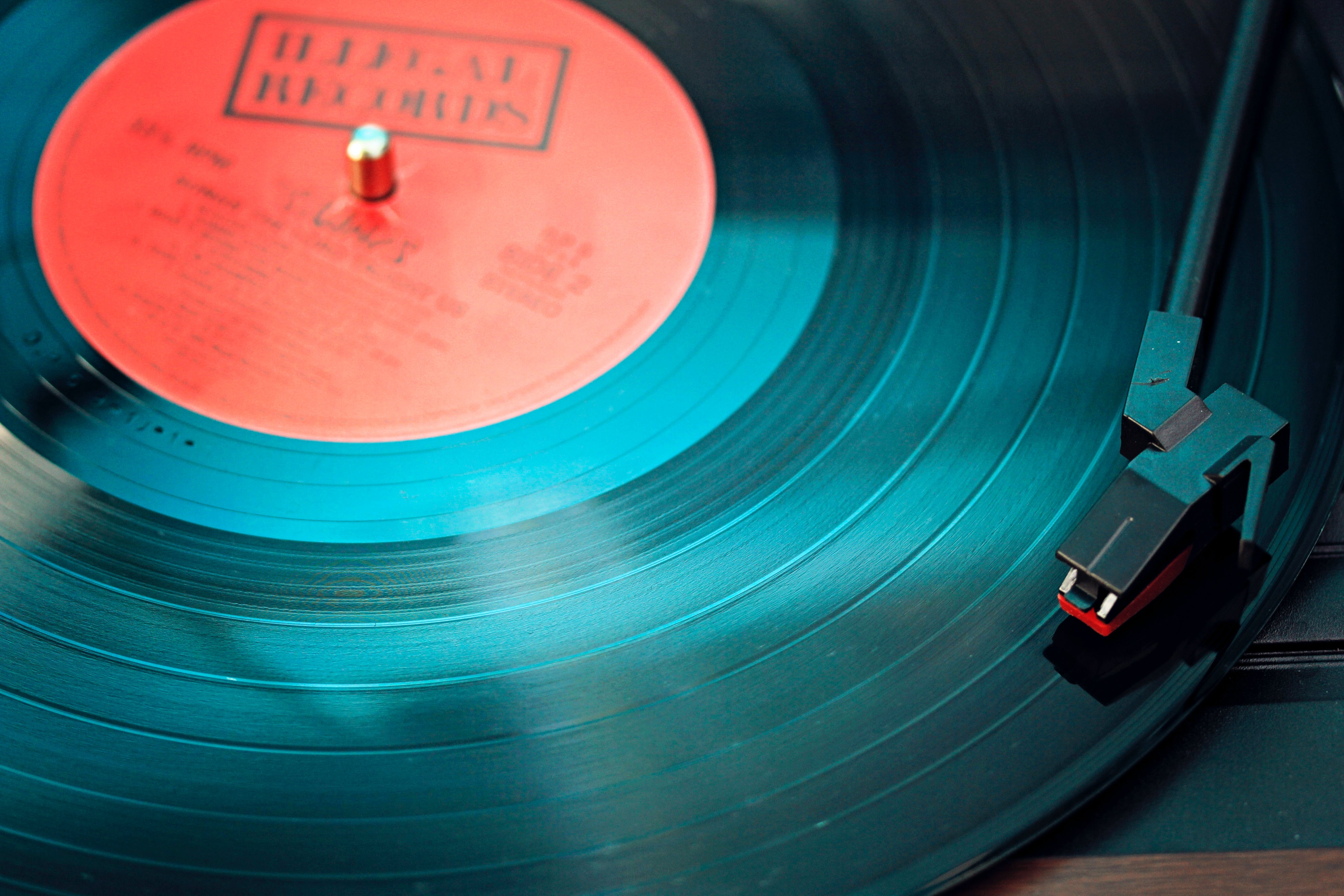
Moreover, the stylus itself can also be damaged by this process. Styluses are precision instruments, designed to track grooves accurately at a microscopic level. The abrupt movements caused by skipping can wear down the stylus or even cause it to break. Replacing a stylus can be costly, especially for high-end models.
Even the turntable's motor can suffer. Warped records can create uneven resistance as the motor tries to spin the record at a constant speed. This can strain the motor, leading to increased wear and tear and potentially shortening the lifespan of your turntable.
Playing warped records not only compromises your listening experience but can also lead to physical damage to your vinyl records, stylus, and turntable. It's crucial to address warping as soon as it's identified to prevent these issues and preserve the health of your vinyl collection and audio equipment.
Preventive Measures Against Vinyl Record Warp
The best way to fix warped records is indeed to prevent them from warping in the first place. Proper storage and handling of your vinyl records can go a long way in maintaining their original condition and sound quality. Here are some expanded guidelines on how to protect your beloved collection:
Avoid Direct Sunlight and Heat Sources
Vinyl records are heat-sensitive. When exposed to high temperatures, they can become soft and pliable, making them susceptible to bending and warping. Therefore, one of the most crucial preventive measures is to keep your records away from direct sunlight and other sources of heat.

This includes radiators, heaters, and even appliances like TVs or computers that can generate heat. If you've ever left a record in a hot car on a summer day, you may have experienced first-hand how quickly heat can warp a vinyl record.
Store Records Vertically
Another essential step in preventing vinyl warp is to store your records vertically. Storing records horizontally, one on top of the other, can inevitably add excessive pressure to the ones at the bottom, leading to warping over time. Instead, think of storing your records like books on a shelf, standing upright side by side. This method evenly distributes the weight and prevents any single record from bearing too much pressure.
Avoid Overcrowding
While it's important to store records vertically, it's equally important not to pack them too tightly together. Overcrowding can exert pressure on the records, leading to potential warping. Ideally, you should be able to flip through your records without too much resistance.
Use Proper Inner Sleeves
Using inner sleeves that are clean and free from dust or debris can also prevent warping. Protective inner sleeves can provide a buffer against minor pressure changes and help keep your records clean, minimizing the risk of scratches that could lead to more serious damage.
Handle with Care
Always handle your records by the edges and the labeled part in the center. Touching the grooved surface can leave oils from your skin behind, which can attract dust and lead to scratches. These scratches can cause the record to warp over time.
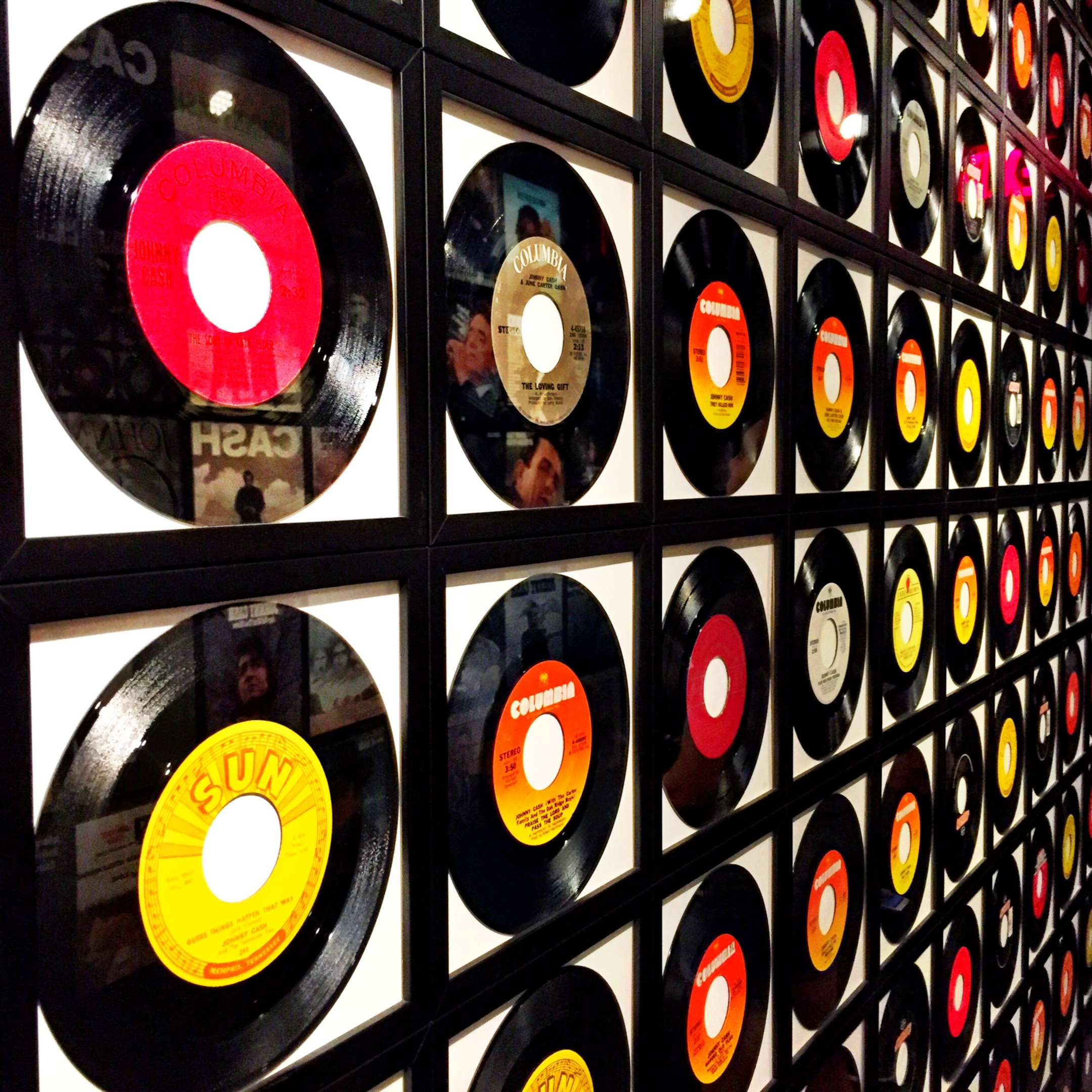
By employing these preventive measures, you can significantly reduce the risk of your vinyl records warping, ensuring that they remain in pristine condition for optimal sound quality and longevity.
How to Flatten Vinyl Records: An Overview
Several methods exist for straightening a warped record. These range from DIY methods using household items, specialized tools like a record flattener machine, to professional record flattening services.
Technique 1: The Vinyl Flat Method
The Vinyl Flat is a device designed to correct warped records using heat and pressure. It involves placing the record inside the device, which applies controlled heat and constant pressure to gradually flatten the record.
Technique 2: The Glass Sandwich Method
This DIY method involves placing the warped record between two glass panes on a flat surface, then adding a heavy object on top to apply pressure. Some enthusiasts suggest using a kitchen oven to provide low temperature, controlled heat.
Technique 3: The Heat and Weight Method
Similar to the glass sandwich method, this technique also uses heat and pressure. However, it involves placing the record between two heavy books or two large books and leaving it for a few months.
Technique 4: Professional Record Flattening Services
If DIY methods do not work, professional record flattening services can help. These services use industrial-grade machines that apply heat and pressure evenly, reducing the risk of additional damage.
Safety Precautions When Straightening Warped Records
Regardless of the method used, always take care to avoid causing further damage to your records. Avoid excessive heat, which can cause heat damage and distort the grooves.
Common Mistakes in Handling Warped Records
Handling a warped record requires care, patience, and knowledge. One common mistake is attempting to play a warped record before fixing it. This can not only worsen the warp but also damage the record player's needle. Using excessive pressure or heat in an attempt to flatten the record can also cause irreversible damage. Let's delve deeper into these pitfalls:
1. Playing a Warped Record: It's natural to want to test a warped record to see if it still plays correctly. However, this can be a costly mistake. As we've discussed, the uneven surface of a warped record causes the stylus to skip or jump, leading to physical damage to both the record and the stylus.

The more you play a warped record, the more you risk exacerbating these problems. It's crucial to resist the temptation to play the record until after you've successfully treated the warp.
2. Using Excessive Pressure: In an attempt to flatten a warped record, one might be tempted to use a significant amount of pressure. While some pressure can help reshape the vinyl, too much can cause cracks, scratches, or even break the record. It's essential to apply pressure gradually and evenly, and to always monitor the record closely for any signs of distress.
3. Applying Too Much Heat: Heat can soften vinyl, making it more pliable and easier to flatten. However, too much heat can cause the vinyl to melt or become overly soft, leading to further warping or even destruction of the record. It's vital to use a controlled, gentle heat source and to closely monitor the process. If using the 'glass sandwich' method, for example, keep the oven at a low temperature and check the record frequently.
4. Ignoring Proper Storage After Treatment: Once you've gone through the effort of treating a warped record, it's a mistake to then store it improperly, as this can lead to the record warping again. Ensure you store your records vertically, away from heat sources, and not too tightly packed together.

Avoiding these common mistakes can help you successfully restore your warped records while minimizing the risk of further damage. It's always worth remembering that the best treatment for warped records is proactive care and proper storage to prevent warping in the first place.
Also check out: Are you a vinyl enthusiast who wants to ensure the longevity of your precious collection? Understanding the lifespan of vinyl records and the best practices to extend it is crucial. Discover invaluable tips and insights in this comprehensive guide: Understanding the Vinyl Records' Lifespan and How to Extend It.
Case Study: Successful Warped Record Restoration
In one case, a severely warped LP was successfully restored using a combination of the glass sandwich method and controlled heat from an oven. After a few weeks, the record was completely flat and played perfectly.
Expert Tips on Dealing with Warped Records
Experts suggest avoiding DIY methods if the record is rare or valuable. In such cases, it's best to use a professional record flattening service or a record flattener machine.
The Future of Vinyl Records: Warping and Beyond
Despite the challenges posed by warping and other potential damages, vinyl records continue to endure as a beloved medium for music lovers worldwide. Their distinctive sound quality, tactile nature, and the rich visual appeal of album art all contribute to their staying power. With proper care and maintenance, your vinyl collection can not only survive but thrive, providing years of happy listening. Let's explore this in more detail:
1. The Unique Appeal of Vinyl Records: Vinyl records offer a listening experience that is unparalleled by digital formats. They deliver a warm, rich sound that many audiophiles argue cannot be replicated by CDs or streaming services. Moreover, the physical act of handling a record, placing it on the turntable, and watching it spin adds a sense of ritual and engagement that enhances the overall listening experience.
2. The Artistic Value: Vinyl records also offer a visual and tactile experience that's absent in digital formats. Album art is a significant part of the appeal, with the large format covers often being considered works of art in their own right. Collecting vinyl can be as much about the visual and tactile pleasure as it is about the music itself.

3. Durability with Proper Care: Despite being prone to issues like warping if mishandled, vinyl records are remarkably resilient with the right care. By storing them correctly, handling them with clean hands, and using a properly weighted and aligned turntable needle, you can significantly extend the life of your records.
4. Restoration and Repair: Even when damage occurs, such as warping, there are methods available to restore records to their former glory. As we've discussed, these range from DIY fixes to professional services, providing multiple options to keep your vinyl collection in top shape.
5. The Joy of Collecting: Beyond their auditory and visual appeal, vinyl records hold a certain charm for collectors. The thrill of hunting down a rare pressing, the satisfaction of completing an artist's discography, or the joy of discovering new music in a thrift store bin all contribute to the enduring appeal of vinyl.
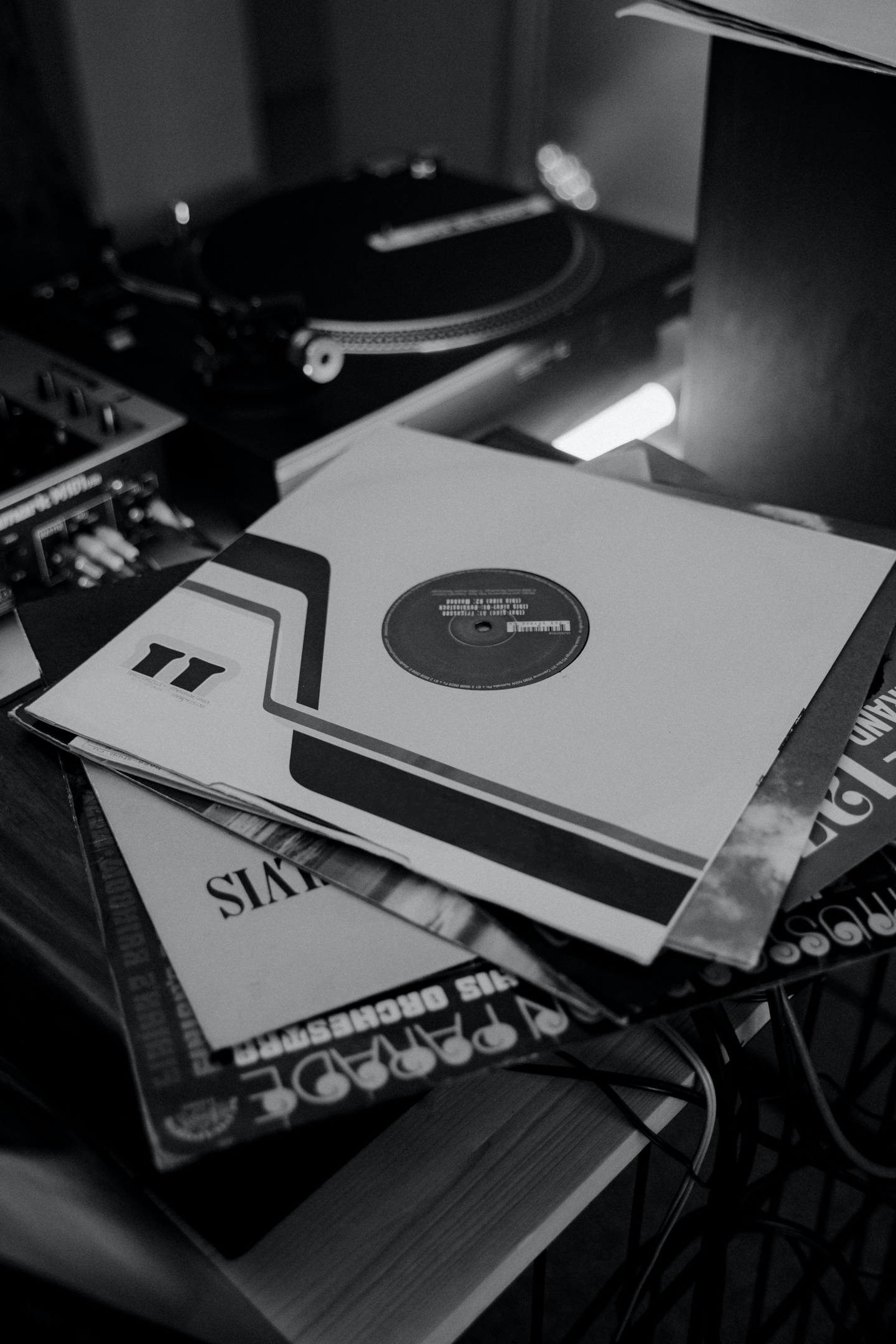
While vinyl records do require a certain level of care and attention to prevent issues like warping, the rewards they offer in terms of sound quality, visual appeal, and collector's satisfaction make them well worth the effort. With proper care and maintenance, your vinyl collection can indeed provide years, if not decades, of happy listening.
Also check out: For all the music enthusiasts and vinyl record collectors out there, here's an in-depth journey into the fascinating world of vinyl records. From their rich history and unique anatomy to the intricate process of their creation, this comprehensive guide offers a wealth of knowledge. For a deeper dive into the captivating realm of vinyl records, check out this detailed article: Exploring the Creation of Vinyl Records.
Conclusion: Embracing the Vintage, Handling the Challenges
The appeal of vinyl records lies in their vintage charm and superior sound quality. However, maintaining your records requires knowledge and care. With the techniques outlined in this article, you can ensure your records remain in the best possible condition.
